
Mathematics at St Ignatius Primary School
Maths Intent
We plan our Maths teaching in accordance with the requirements of the National Curriculum. All elements of the curriculum are covered over the course of the academic year in the daily Maths lessons, but we sometimes also meet our Maths objectives in other subjects. St Ignatius pupils see Maths as a set of skills that can inspire them and be applied effectively in a range of contexts.
At St Ignatius, the key curriculum aims of developing fluency in maths, improving mathematical reasoning and advancing problem solving skills are constantly being addressed. From Reception up to Year 6, children are being challenged to explore mathematical concepts using a combination of appropriate concrete resources and use of mathematical language.
We make use of a range of teaching strategies to complement the variety of needs within the school. All children experience using concrete resources such as Numicon, dienes (base 10 cubes) and number fans. This helps them to be able to make connections between concepts and to develop their confidence in Maths.
Children’s learning is reinforced at every opportunity during the school day, including foundation subjects and play-time. We also give pupils weekly Maths homework which allows them to further develop the skills learned in the classroom. As parents, your input is invaluable: you can offer your child support when they complete their homework and encourage them to explain to you what they have been learning at school.
The ‘Mastery’ curriculum, ensures the children have a deep understanding of the subject, where they can make links between the different areas of Maths.
There are three aims of the Primary Mathematics Curriculum: fluency, reasoning and problem solving. In all lessons, where children are required to think mathematically, pupils are encouraged to apply their knowledge to a range of different activities and are given the opportunity to reason and problem solve. Much of the curriculum focuses on the children being able to reason about Maths and solve problems independently. It is no longer enough to just get the answer correct; the children need to be able to prove why and explain how and why.
Concrete – Pictoral – Abstract (CPA)
When new concepts are to be introduced, all three approaches to learning should be used. Jerome Bruner reminds us that these three representations are needed for pupils to learn and he notes how these are not age-dependent.

All three concepts do not need to be evident in all lessons; however, when new concepts are introduced, the children need an opportunity to explore this using concrete manipulatives first, then use pictorial representations before exploring this as the abstract, no matter what year group they are in. This then builds solid foundations for them to work from.
The White Rose
As a school, we follow the White Rose scheme of work for our mathematics lessons.
The White Rose Maths Hub provides term by term overviews for the new National Curriculum with the aim of supporting primary schools by providing more detailed Schemes of Learning, which help teachers plan lessons on a day to day basis.
The maths curriculum is supported by the following calculation policy.
The expectations for children at the end of each term for each year group are outlined in the following document.
Maths Policies
Maths Week London 2024
Dress as a Digit Day
Parent Maths Morning:
At St Ignatius the children are given a log in for TTRS (Times Tables Rock Stars) and Sumdog:
TTRS Login: https://ttrockstars.com/

Sumdog Login: https://www.sumdog.com/user/sign_in
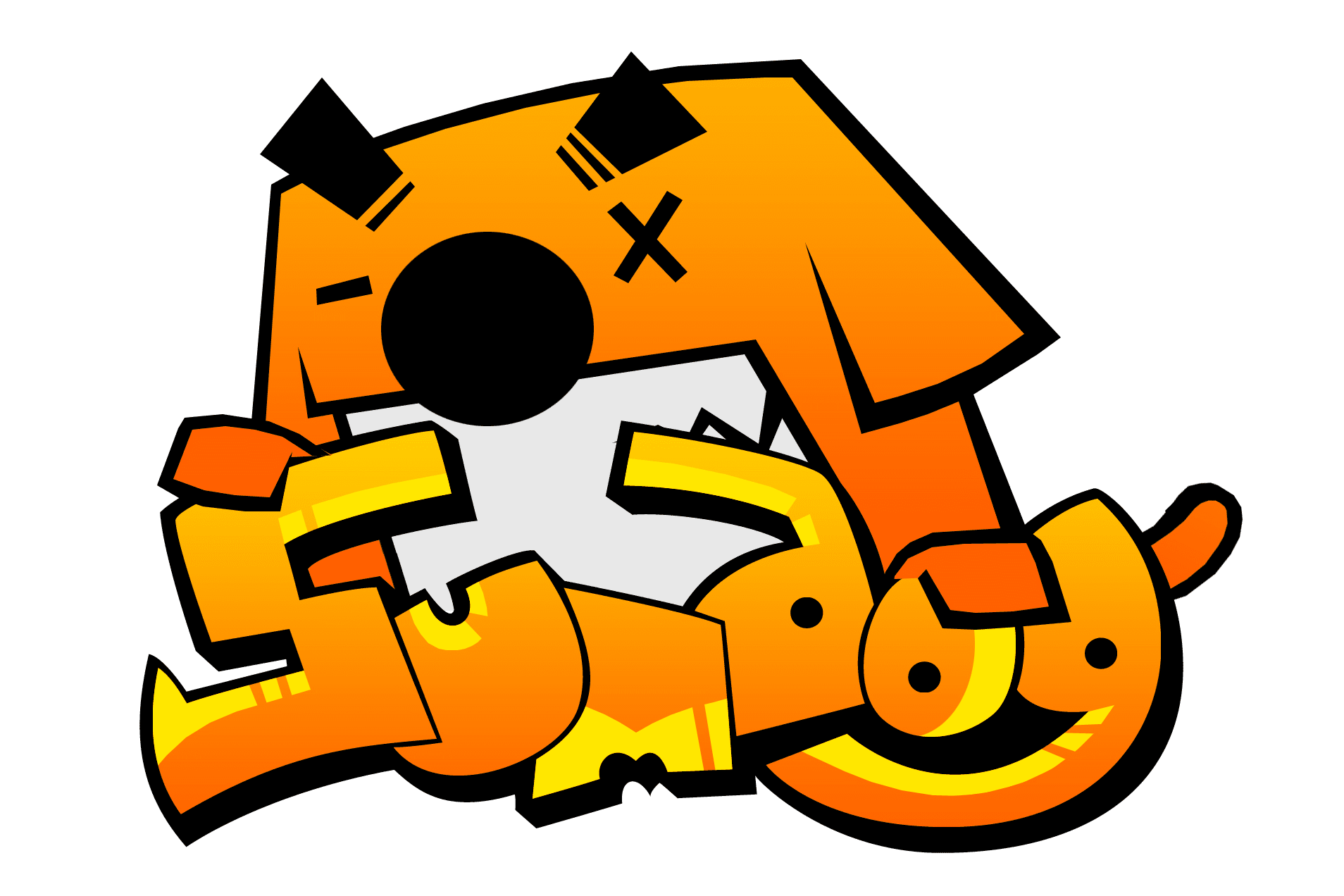
E-Learning Cup
Each week a class is awarded the E-Learning Cup for their time spent on one of our maths learning platforms.

Welcome to Our Primary School Maths Web-Corner!
Hello young mathematicians and parents and welcome to the exciting web-corner of numbers, shapes, and problem-solving!
At St Ignatius’ Maths web-corner, we're thrilled to embark on and share this mathematical journey with you. Whether you're just starting your maths adventure or you're already a problem-solving pro, this is the place to explore, discover and celebrate maths.
Discover the Magic of Numbers
From counting to multiplication, our web link lessons will guide you through the enchanting world of numbers. Explore vibrant visuals, engaging games, and real-world examples that make maths come to life. Follow the links below to begin your adventure.
https://www.topmarks.co.uk/maths-games/3-5-years/counting
https://www.topmarks.co.uk/maths-games/5-7-years/counting
https://www.topmarks.co.uk/maths-games/7-11-years/ordering-and-sequencing
https://www.topmarks.co.uk/maths-games/11-14-years/number
Unravel the Mystery of Shapes
Geometry is like solving puzzles with shapes! Dive into the world of triangles, circles, and polygons. Our activities will not only teach you about shapes but also show you how they're everywhere in the world around you.
https://www.topmarks.co.uk/maths-games/3-5-years/shape-position-and-movement
https://www.topmarks.co.uk/maths-games/5-7-years/shapes
https://www.topmarks.co.uk/maths-games/7-11-years/shape-position-and-movement
Embark on Problem-Solving Adventures
Get ready for brain-bending challenges! Our problem-solving activities will turn you into a maths explorer. Tackle puzzles, crack codes, and unlock the secrets of mathematical mysteries.
https://www.topmarks.co.uk/maths-games/5-7-years/problem-solving
https://www.topmarks.co.uk/maths-games/7-11-years/problem-solving
Accessible Anytime, Anywhere
Whether you're at school, at home, or on the go, our maths resources are accessible 24/7 via Sumdog and Times Tables Rockstars. Maths adventures await you wherever you are! See the links below.
Maths Celebrations!
Ready to dive into the world of numbers and shapes? Let the celebrations begin!

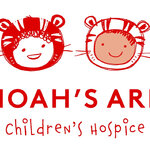

_0.jpg)
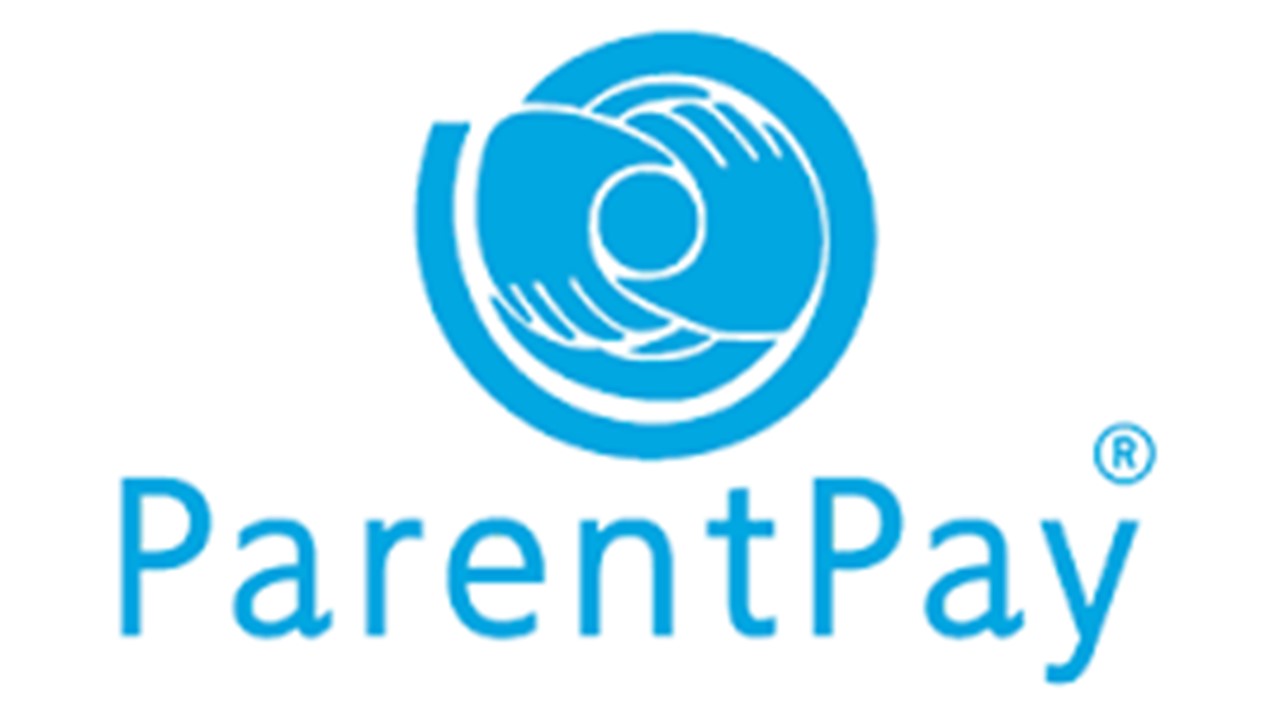
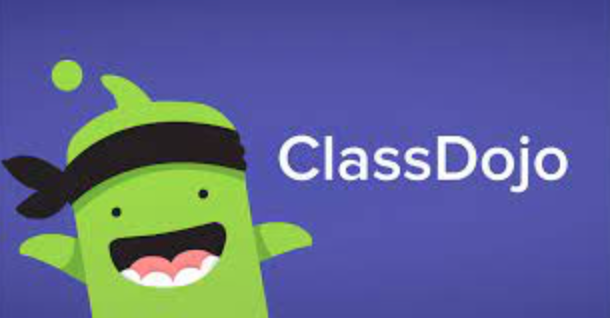
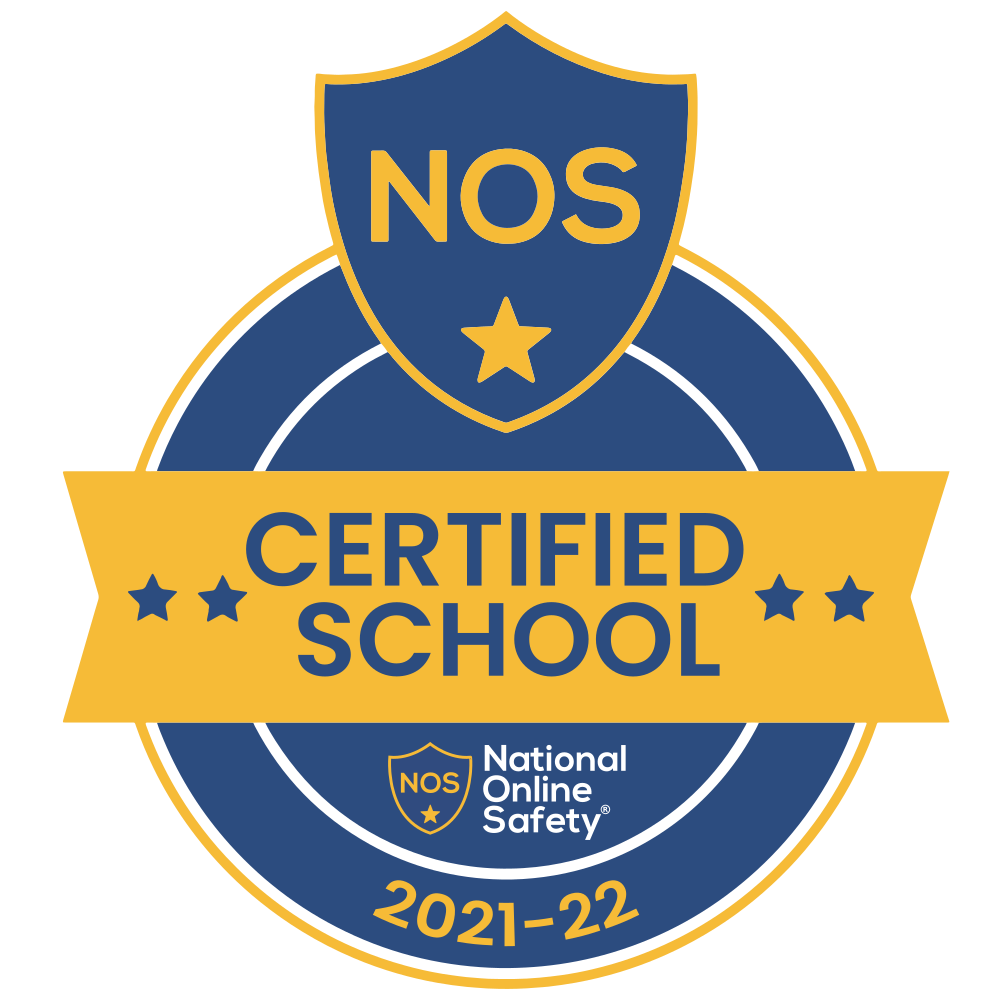
.jpeg)
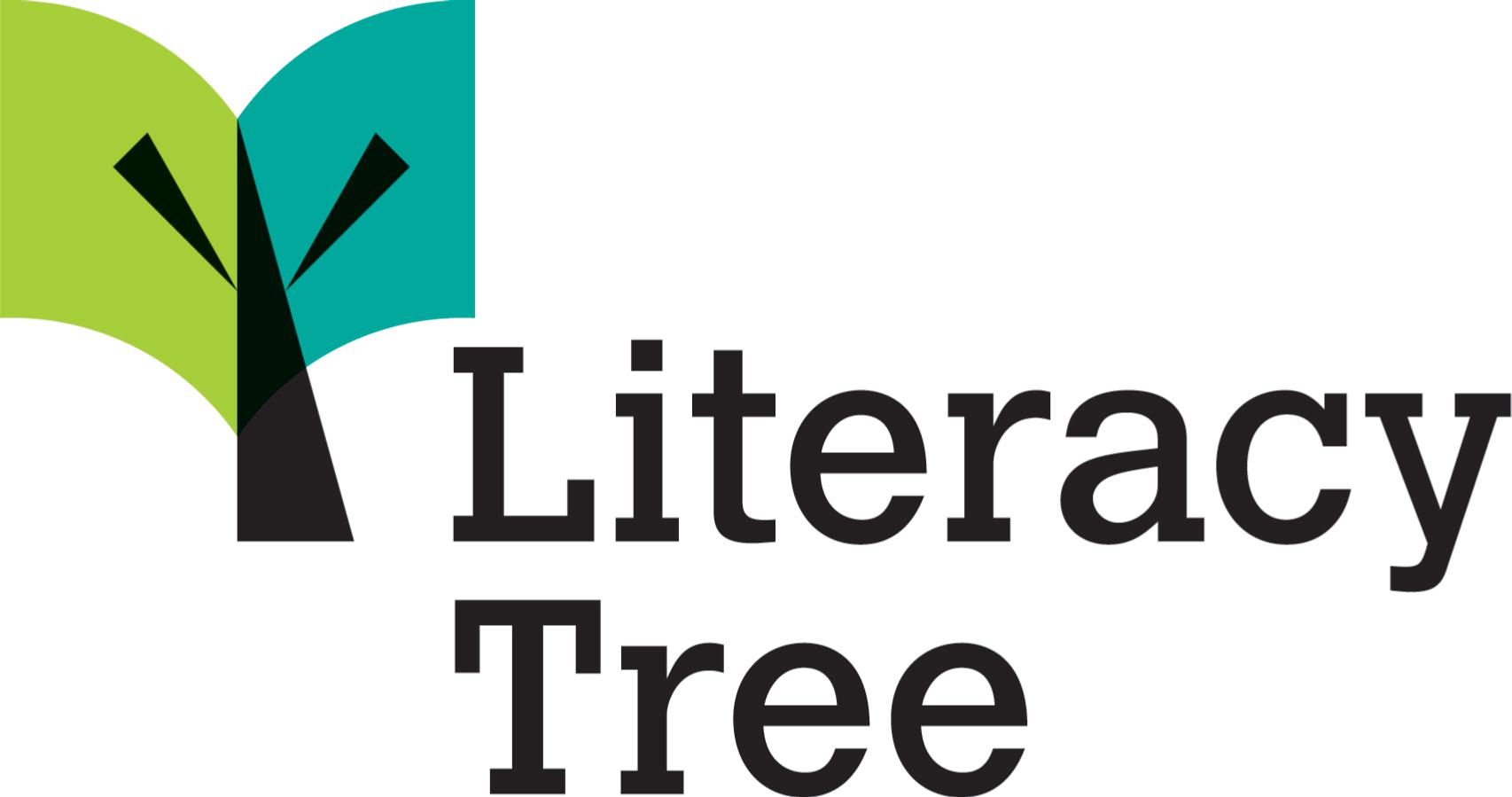
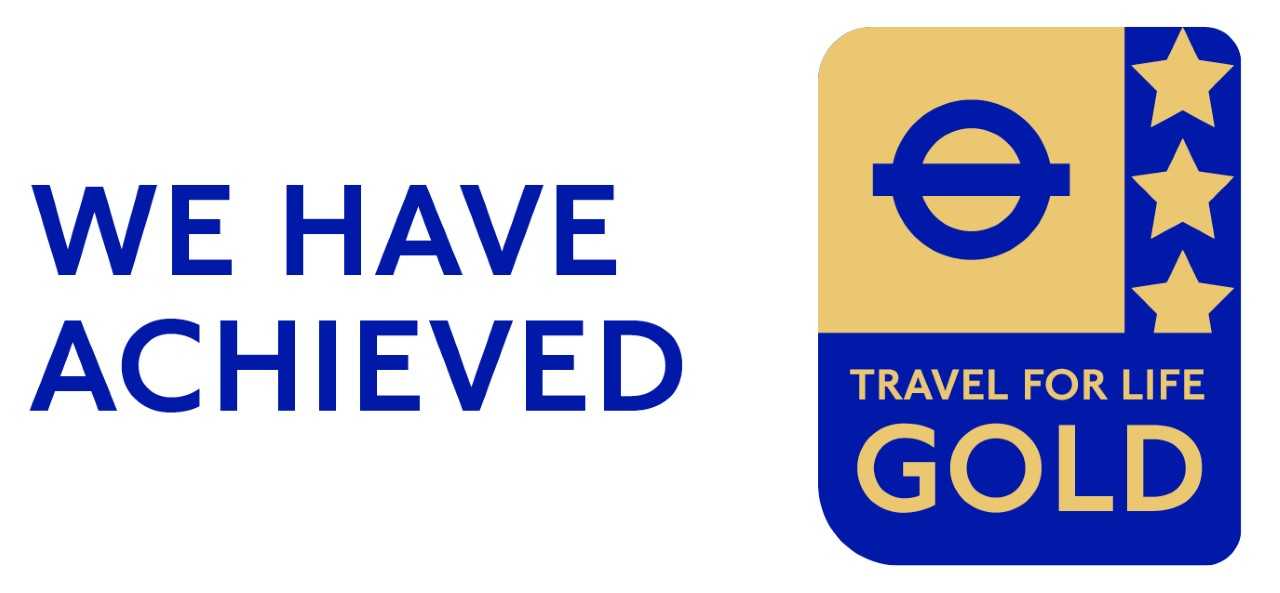
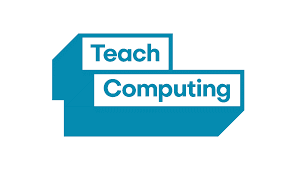
.jpg)
.png)
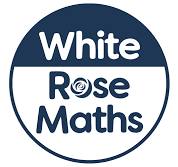
.jpg)

